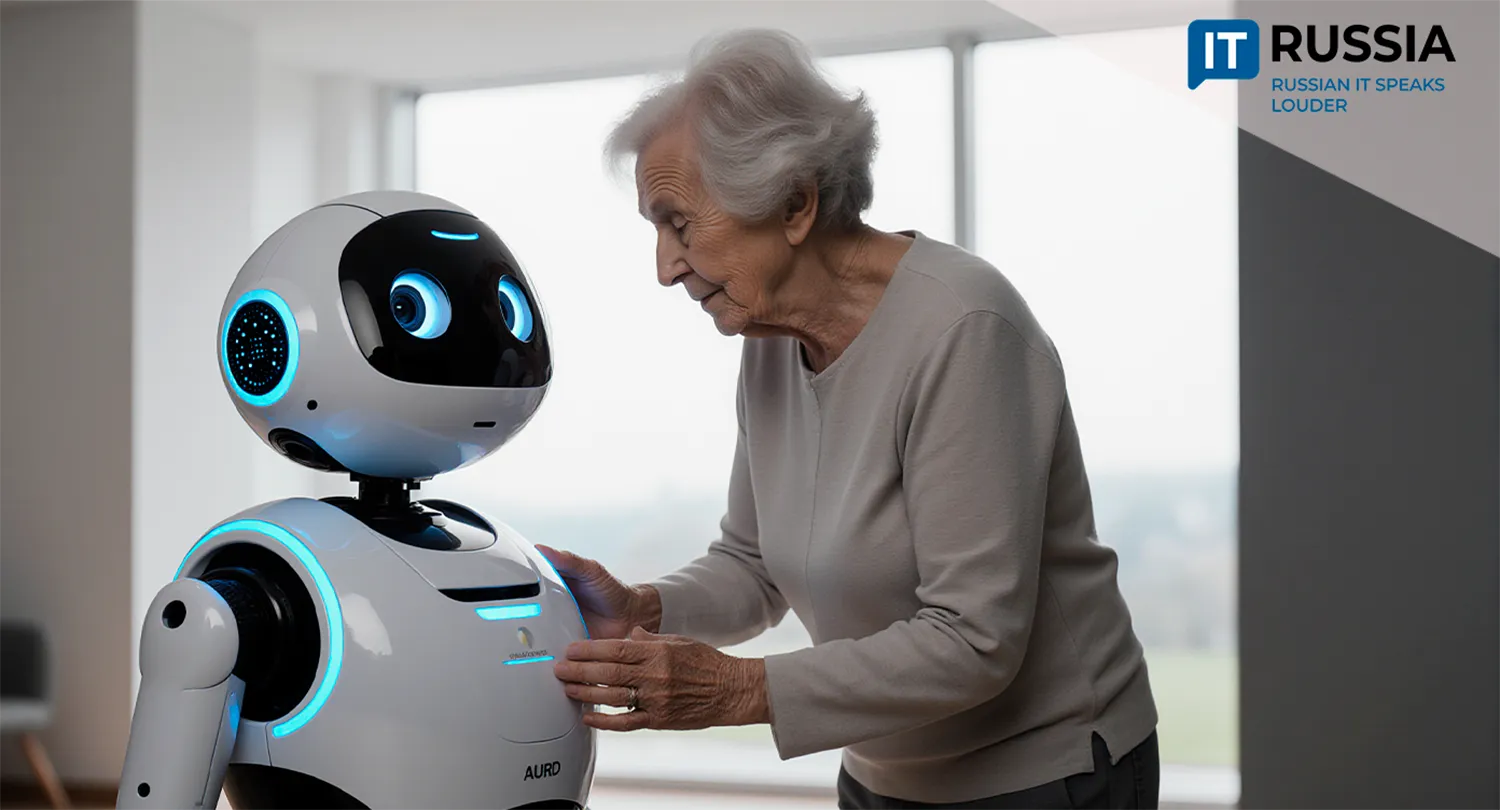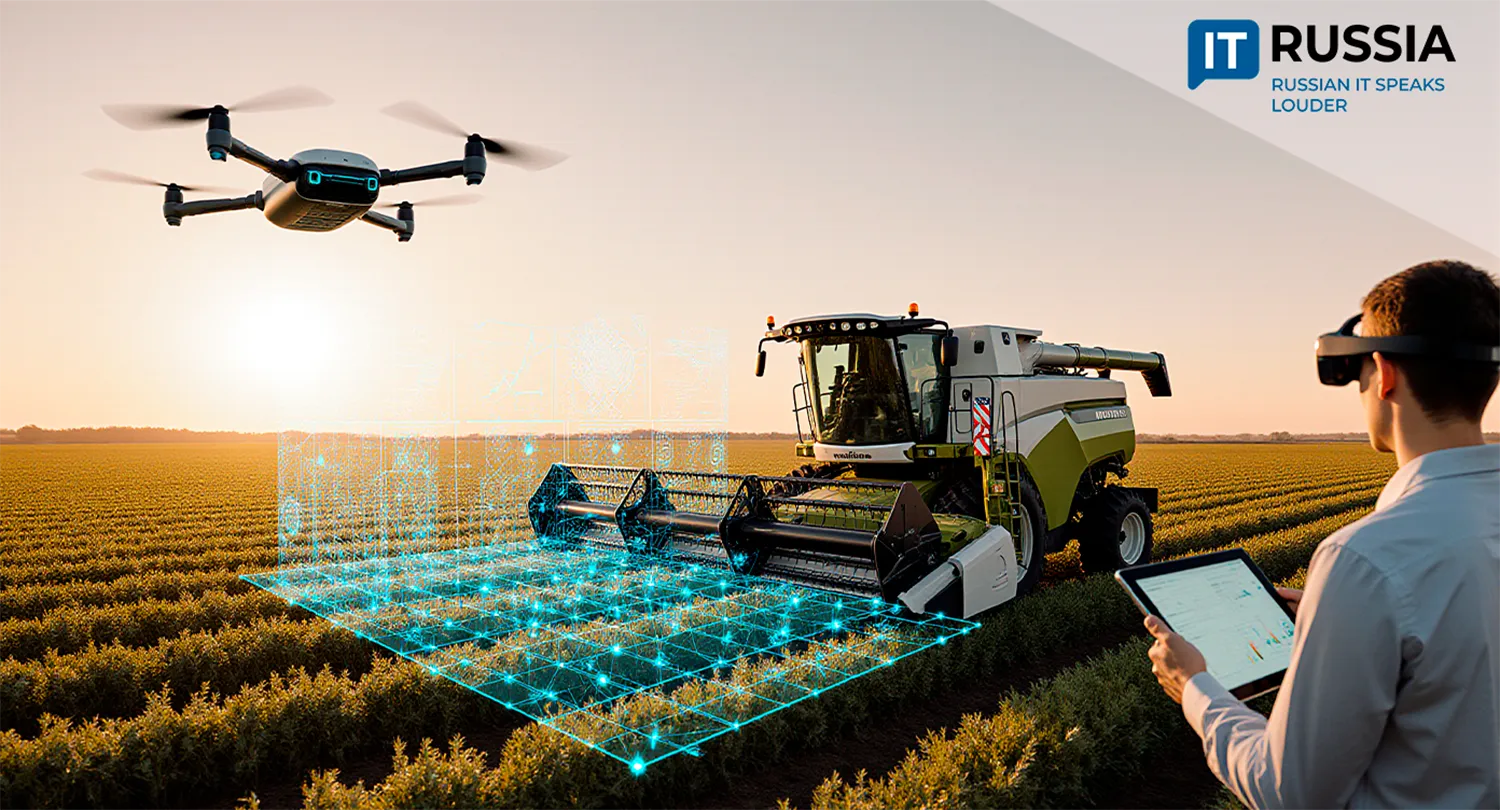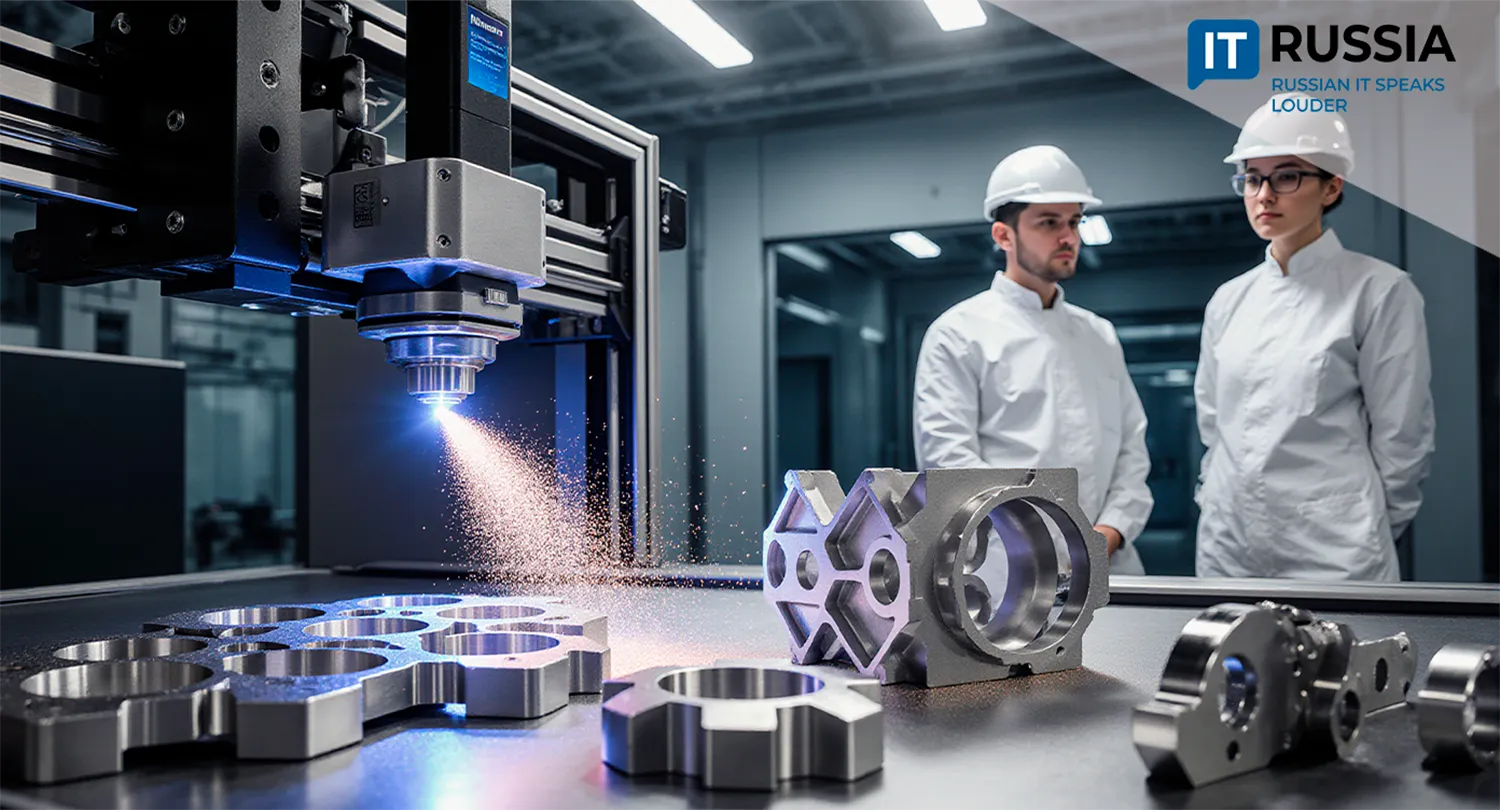Yandex Go Brings Street Panoramas to the App, Expanding Urban Mobility Tools
Yandex Go has integrated street panoramas from Yandex Maps into its mobile app. The update opens a new era of visual interaction between riders and the urban environment.
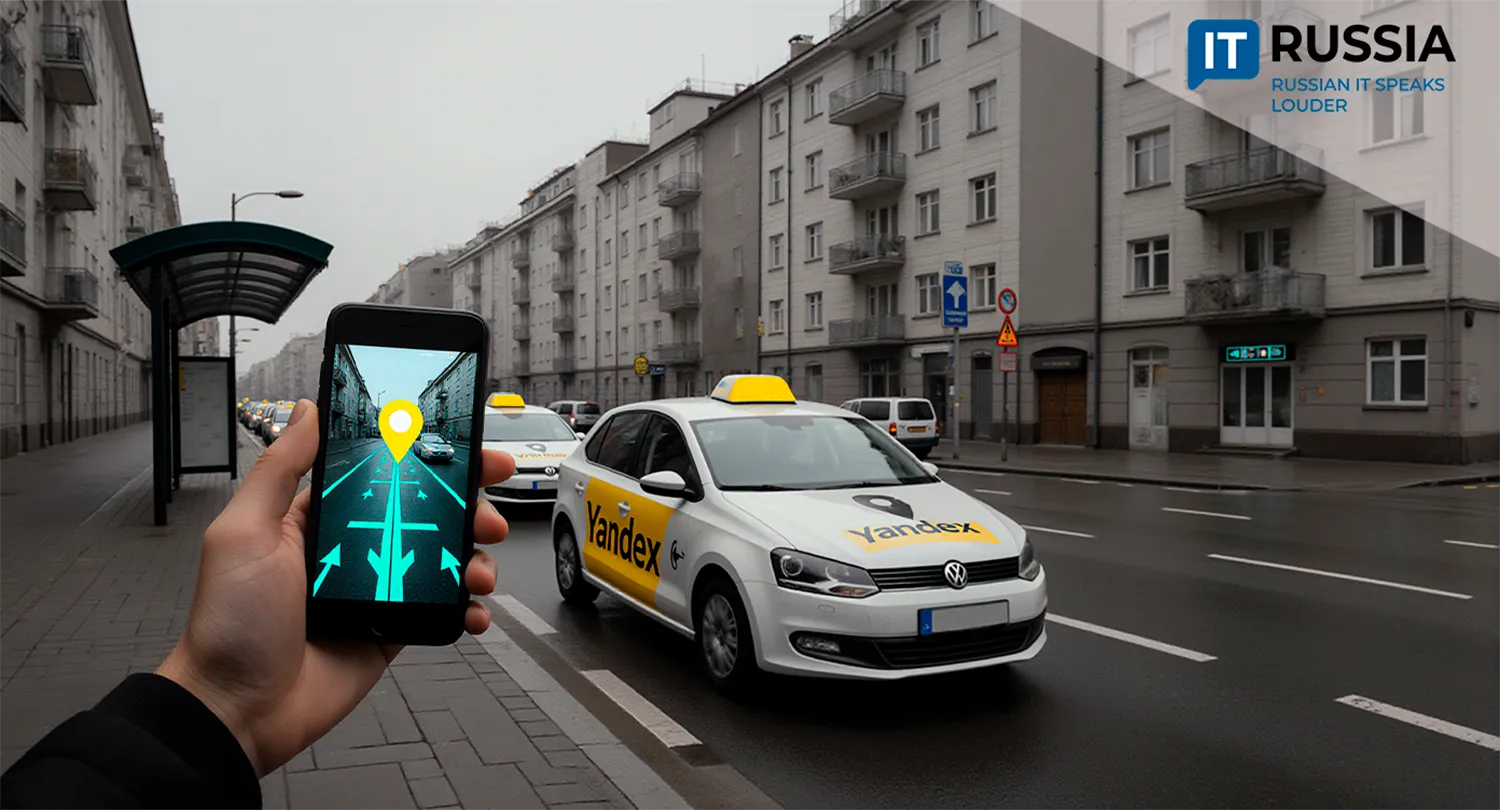
Solving Millions of Problems with One Tap
Taxi passengers can now preview pickup or drop-off points, examine landmarks, and easily locate the meeting spot with a driver within a 10-meter radius. Integrating panoramas into Yandex Go is more than a tech upgrade—it’s a comprehensive fix for a widespread urban challenge.
Service data underscores the scale of the challenge: more than 5.2 million passengers contact drivers weekly to clarify pickup locations, and about one million rides must be rescheduled due to poorly chosen meeting points.
The feature activates with a single tap on the panorama icon in the lower right corner of the map after selecting a pickup point. The system displays a real street view with a yellow pin precisely indicating where the car will stop. Users can study surrounding objects—storefronts, bus stops, building entrances, underpasses, and other landmarks—making navigation significantly easier.

The feature is especially valuable when traveling to unfamiliar areas, allowing riders to preview not only pickup spots but also destinations. It addresses uncertainty, particularly relevant in densely populated urban districts with complex layouts.
The technology’s foundation is impressive in scale. Yandex Go’s library contains 11.3 million panoramas captured by specialized vehicles and pedestrian operators in 735 Russian cities. Coverage spans over 200,000 kilometers of roads, ensuring functionality across nearly all major population centers in the country.
Digital Expansion Opportunities
Introducing panoramic visualization into Yandex Go opens new pathways for growth both domestically and internationally. In Russia’s competitive taxi market—where Yandex Go commands a 96–98% share of mobile app orders in Moscow—such technological advantages are critical for maintaining leadership.
Future development could follow several paths. Expanding geographic coverage to regional centers and smaller towns would deliver a unified rider experience nationwide. Regular updates of images will ensure relevance of landmarks, especially important amid rapid urban development and evolving infrastructure.
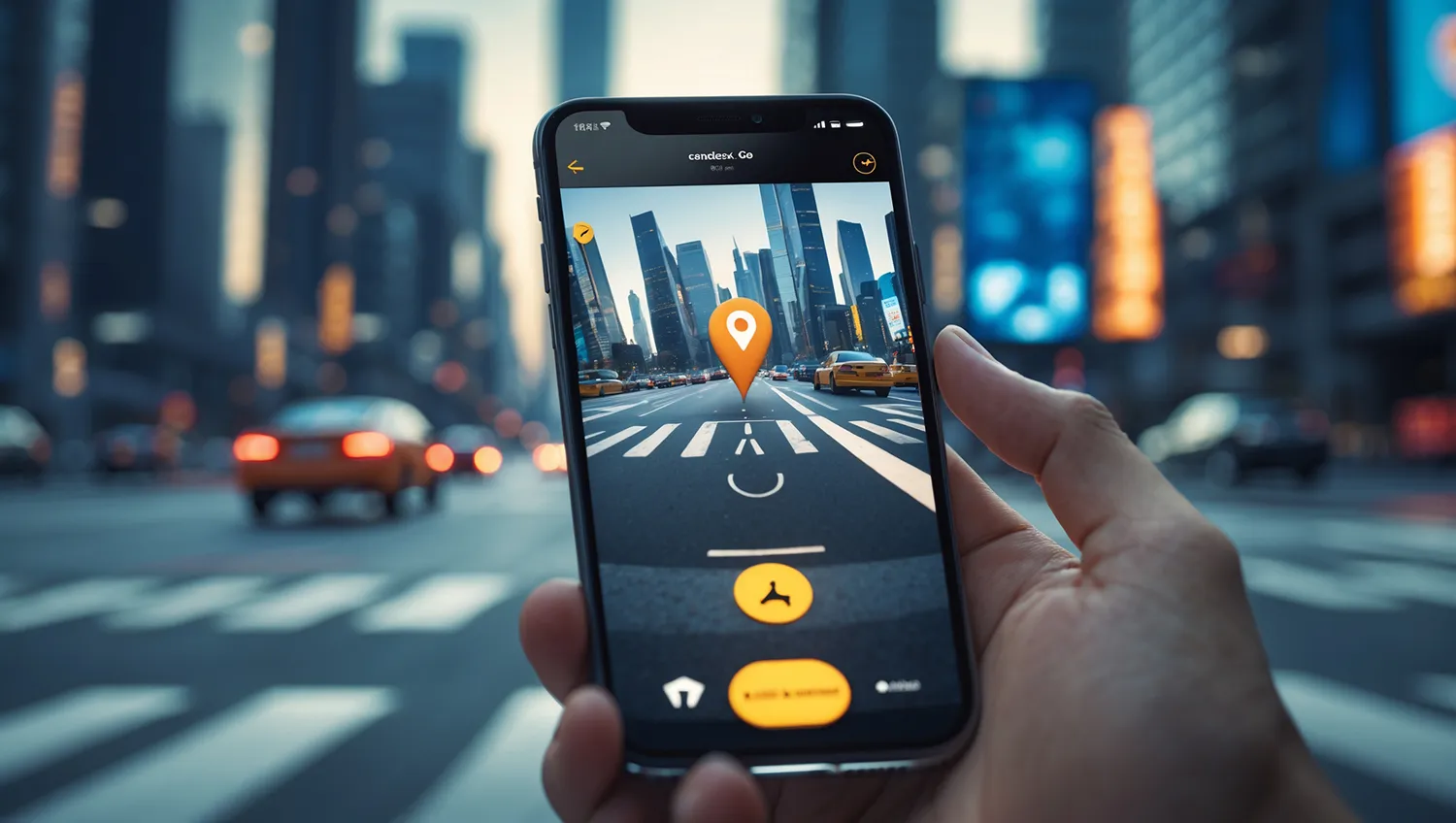
The export potential of this technology also looks strong in CIS markets, where Yandex already has a presence. Licensing panorama APIs or the technological platform to partners could become an additional revenue stream. Markets with advanced infrastructure and dense populations are particularly promising, where pinpointing driver-passenger meeting points remains a pressing challenge.
Global Experience Meets Russian Innovation
The history of panoramic technologies for urban navigation began with Google Street View in March 2007, which set the benchmark for the industry. Russia was quick to respond, launching Yandex Panoramas in September 2009, initially covering only Moscow.
Over 15 years, Yandex has built its own ecosystem for panoramic imaging, notably different from international counterparts. A distinctive feature of the Russian approach has been prioritizing image quality and shooting only in favorable weather conditions in spring, summer, and autumn.
Russia’s system has shown advantages over international services in some areas. The “Russia 360°” service, launched in 2008 on gdeetotdom.ru, allowed users to view not only street-front buildings but also inner courtyards—something Google Street View did not provide. This detail proved especially valuable for Russian users accustomed to complex urban layouts with numerous internal driveways.
The competitive landscape of Russia’s ride-hailing market has shifted significantly in recent years. The exits of Gett in 2022 and Bolt in 2021 left the market largely to Russian players. Attempts by new competitors like SwiftDrive to gain traction have failed.
The Technological Future of Transport Ecosystems
The integration of panoramas into Yandex Go is only the first step toward building a full augmented reality (AR) ecosystem for transportation services. AR navigation trends suggest that by 2025 this technology will become standard for interaction with the urban environment.
The next step is likely real-time AR guidance, where users point their smartphone cameras at the street and see virtual markers leading them to their driver. Visualization of routes with arrows, lines, and icons overlaid on live images is already used in modern AR navigation systems.
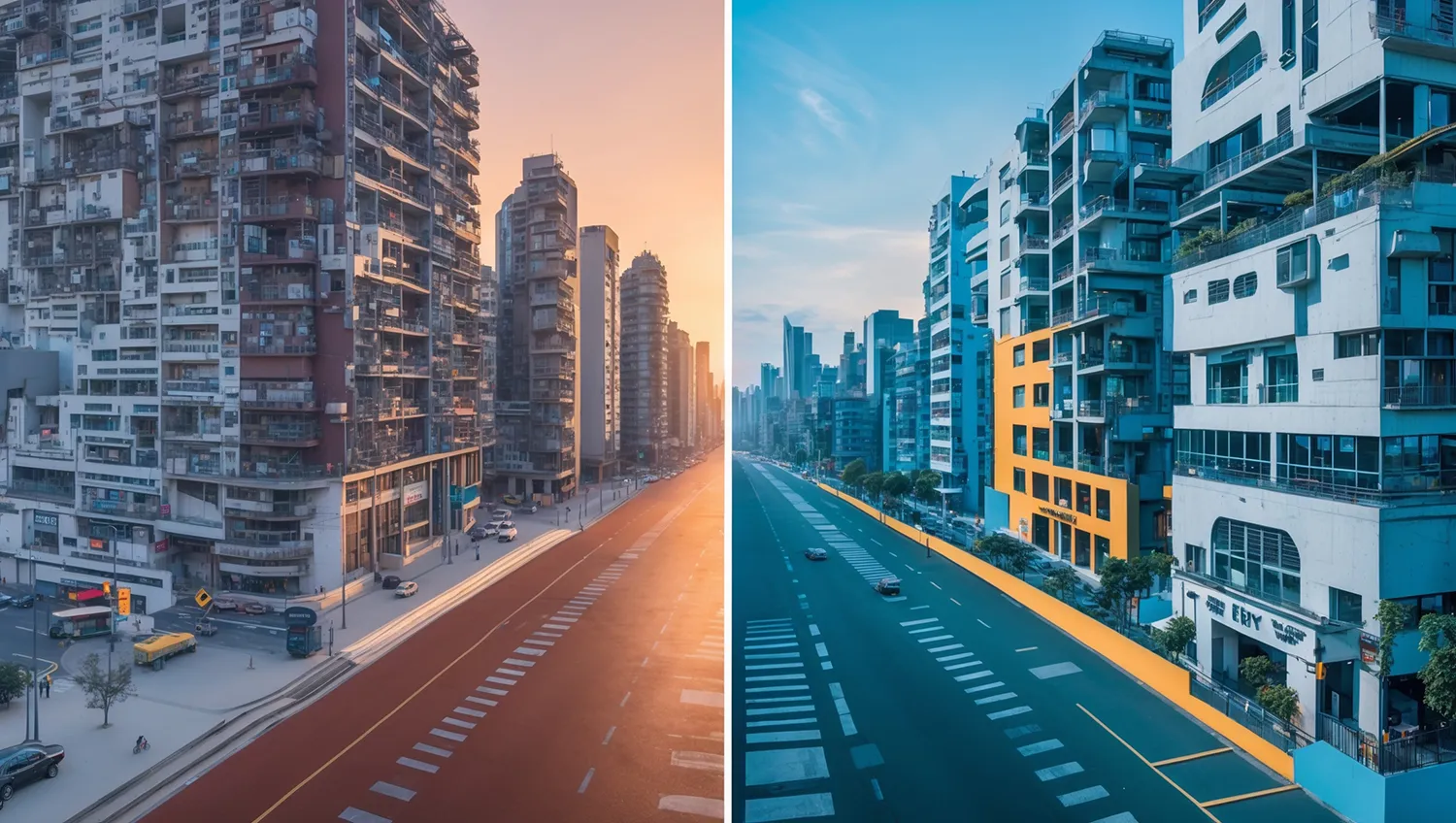
Voice assistant integration and links with smart city platforms will open new opportunities for personalized mobility. The system could take into account user preferences, time of day, weather, and local conditions to propose optimal pickup points.
Integration with autonomous vehicles also looks highly promising. Once self-driving cars become mainstream, precise visual identification of meeting spots will become even more critical, as route adjustments by drivers will be limited to algorithms.
The rollout of panoramas in Yandex Go shows how transport apps are evolving from ride-hailing platforms to full urban mobility ecosystems. As user expectations grow, such innovations are becoming essential, not optional.




